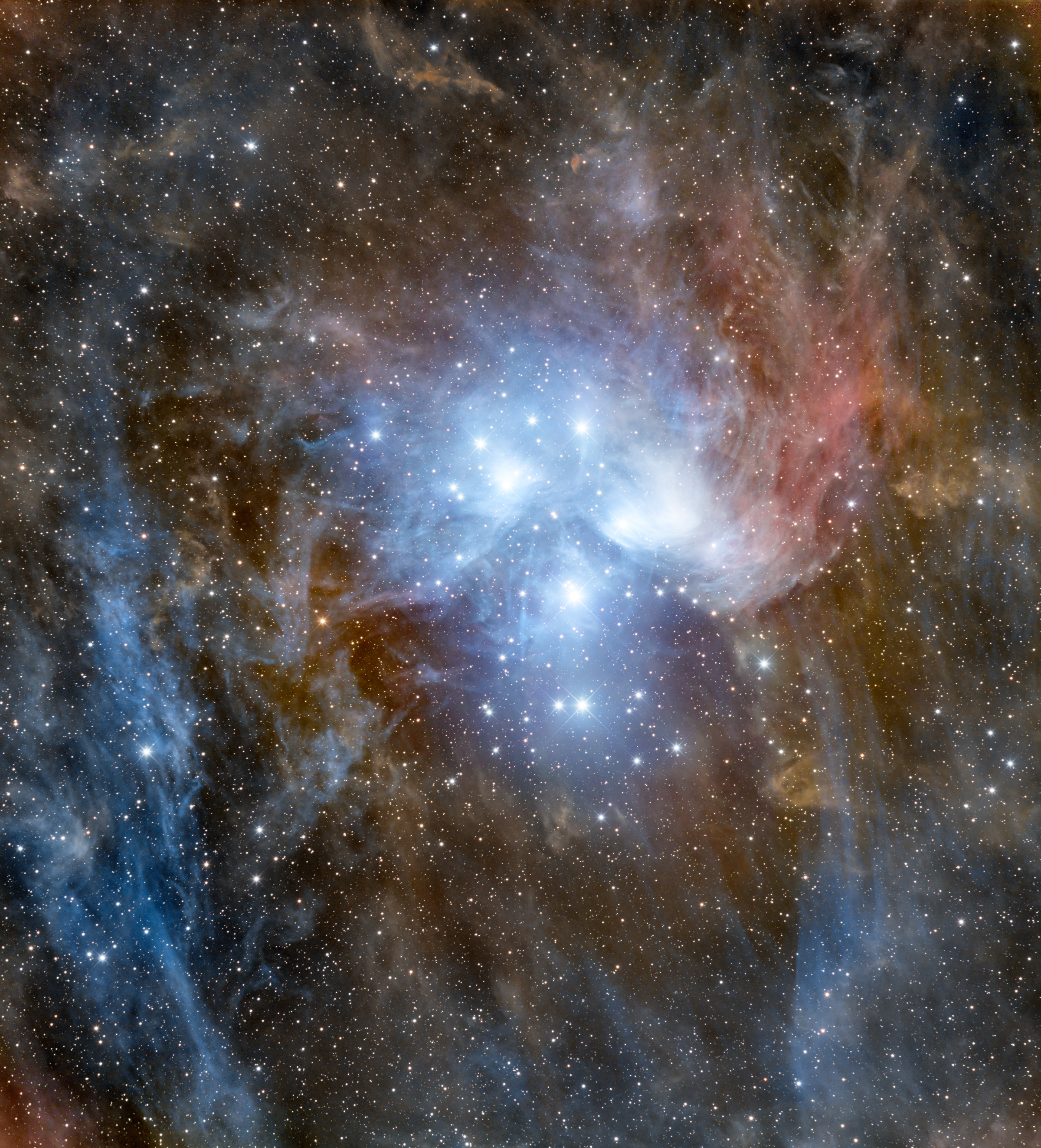Astro Imaging Channel
The Astro Imaging YouTube channel is hosted by Adam Jaffe and covers a wide range of topics on astrophotography and amateur astronomy in general. At the moment the schedule is that is it LIVE each Sunday evening. However, its ever growing collection of archived videos is a wide gamut of popular topics- often with colorful guest speakers. The portal to view LIVE broadcasts is the Astro Imaging Website.
During my episode I presented three different demonstrations on important applications of methods and concepts in PixInsight. Of course this was Live and not scripted... So here I would like to supplement the session with some additional information.
Selective Rejection:
The technique itself is an innovation I created that became possible once the PI team made the "Large Scale Rejection" feature available. I instantly recognized it made this technique possible in PI- something I had desperately wanted for years. During the demonstration I make it a point to show the setup of writing the emoji's into the image because it is instructional in its own right in the simple use of image and process containers. Don't let that distract from the central idea of the technique (that is, all steps I show after I insert the emoji's in the images).
For completeness the expression I use to insert an image into another is this one:
x=x();
y=y();
x0=1095;
y0=1560;
width=870;
height=695;
iif(inrect(x0,y0,width,height),pixel(inset,x-x0,y-y0),$T)
This expression is virtually identical to the substitute with preview script- but without the need of previews. The specific values for x0, y0, width and height are arbitrary. The expression in English reads "As pixel math marches through an image to modify it, if you are in the defined rectangle then write using the pixel function the image ("inset") into the target view. Otherwise if not in the rectangle, just keep the target view's value." The x-x0 and y-y0 is the translation necessary to get the origin of the image you are inserting into the x0,y0 position in the larger view.
The steps for doing the Selective Rejection are:
- Make an image of zeros for a "paint bucket" for the Clone Stamp tool.
- Using the Clone Stamp tool paint the image (or an example one of many) and cover the bad things to be rejected.
- Don't not "Apply" the Clone Stamp that you painted..instead create an instance of it if you are going to apply to more than 1 image. If it is just a single image, no problem, just apply and save.
- If you need to apply the Clone Stamp instance to many images, create a container of the images you need to have your painted areas applied to and modify the images. You saw me do a little file management because the image container process doesn't overwrite files like it should. This will eventually be fixed I hope.
- Once you have painted black over problems on all of the images where necessary- use Image Integration in the normal way except turn on the Clip Low Range in the first Pixel Rejection tab, put a "0" in the Range Low in the second Pixel Rejection tab, and finally use low Large Scale Rejection.
- Check out the magical result!
LRGB Blending Conceptual Example.
I didn't do this one well live. *Sigh* So to make it for it, I am making my section on it public as a free video. I got the points across live- but I didn't demonstrate it well. I do a better job in the video below. I highly recommend reviewing it.
LRGB Blending 57 minutes (FREE!)
Dynamic Background Extraction:
I did this demonstration pretty good live. However, if you would like see my recorded version , it is available to view as well- just see the FREE videos at the top menu.





